If you are new to the bonsai journey, they might seem like regular plants to you. However, they are much more than just standard plants and have unique growing needs you must cater to. And, the most important step is to have the right soil that will make your bonsai look fantastic.
A bonsai (pronounced “bones-eye”) literally means a “tree in a pot,” it typically imitates, in miniature, the appearance of a tree in nature (source: Virginia State University). Bonsai are generally trees and plants cultivated in containers to make them even more beautiful than those grown in nature.
The success of your bonsai tree depends on the type of soil you choose. So, if you are wondering about bonsai soil alternatives, you are in the right place. Here is a complete guide to understanding its soil.
See also: Best Ways To Care For a Bonsai Tree.
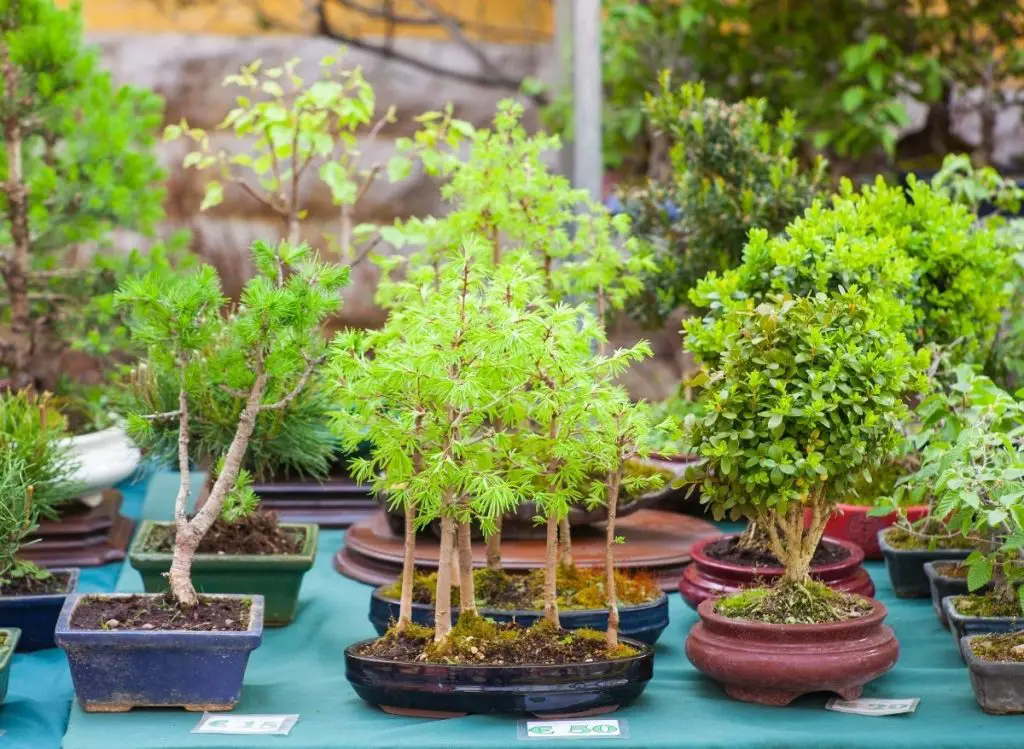
What Is Good Quality Bonsai Soil?
The quality of the soil will determine how great your bonsai will grow up to be. That is because the soil quality will directly affect your tree’s health.
Here are some qualities that all good bonsai soil should have:
1- Drainage
The top feature of the bonsai soil must be that it can drain excess water from the pot. That is because water retention will make the roots rot and eventually kill your bonsai tree.
Unfortunately, it can also lead to a buildup of salts, which can become a worse problem for your bonsai.
2- Water Retention
You might be wondering why the soil must drain well and retain water. After all, that is a contradictory statement. In simple terms, the bonsai soil must soak and retain sufficient water to ensure a supply of moisture to the bonsai between each watering session.
Of course, too much water will cause damage to your bonsai. That is why you must be careful of how much water you pour inside the bonsai tree.
3- Aeration
Whatever you use for your bonsai potting mix must be big enough to have tiny air pockets between every particle. These pockets are crucial to offering oxygen, mycorrhizae, and bacteria to the roots. When this happens, the bonsai can process food and absorb it from its roots.
After that, it sends this food to its leaves for photosynthesis to take place. So, your bonsai tree must have great soil that offers sufficient aeration.
See also: How Much Sun Do Bonsai Trees? (This much!)
Top 5 Bonsai Soil Alternatives You Should Try
Now that you are familiar with what the bonsai tree requires, here are the top bonsai soil alternatives you should try today:
1- Organic Potting Compost
One of the topsoil alternatives for bonsai is organic potting compost. It is created from sand, perlite, and peat moss. When you use this soil alternative, it will help with aeration, drainage, and water retention.
However, I don’t suggest that you use this organic potting compost on its own. That is because it will not allow for aeration, drainage, and retention. Instead, you should use it as part of your soil mixture if you want the best results for your bonsai.
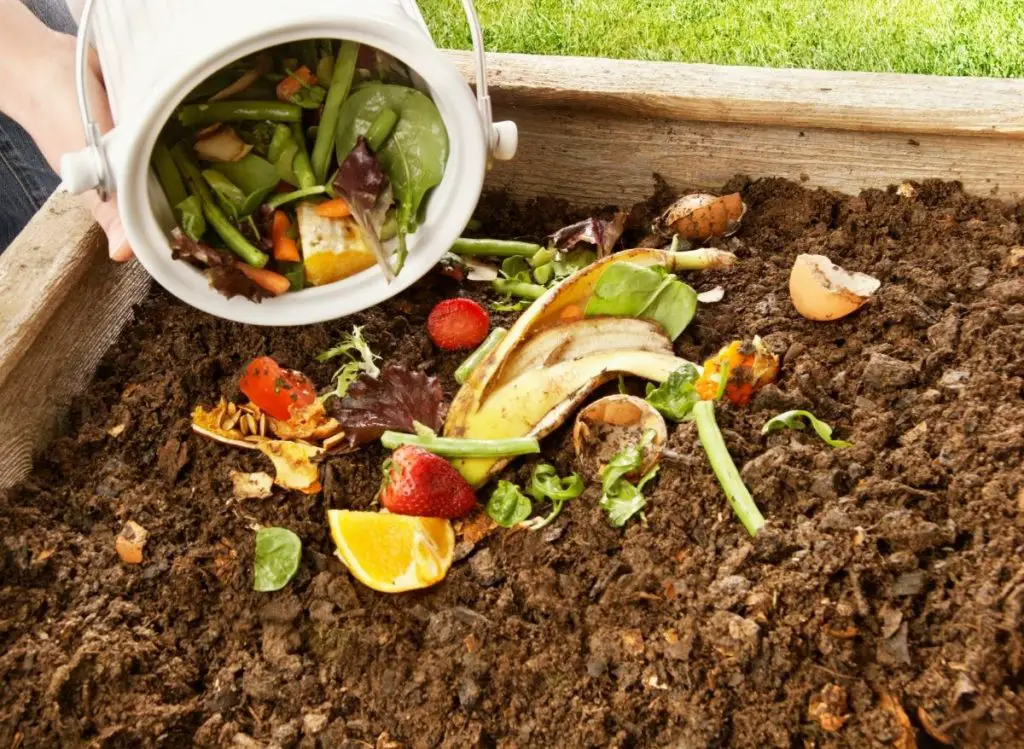
2- Akadama
Akadama is one of the top bonsai soil alternatives that is specifically created for bonsai trees. That is why you will find this at almost all bonsai shops out there. It is a hard-baked Japanese clay that you must sift properly before each use.
However, you will have to regularly repot this soil ingredient because, after two years, it will begin breaking down. When this happens, the aeration qualities of the soil will reduce. We recommend that you use Akadama with other soil components that help with drainage.
Another thing to keep in mind is that Akadama is expensive. That is why you can also substitute it with any similar baked or fired clays that you can find at any store. Many people also use a cat-litter as a substitute.
Of course, that depends on the brand and what is included in the litter. If you want to use Akadama, the best thing you can do is mix it with other soil components.
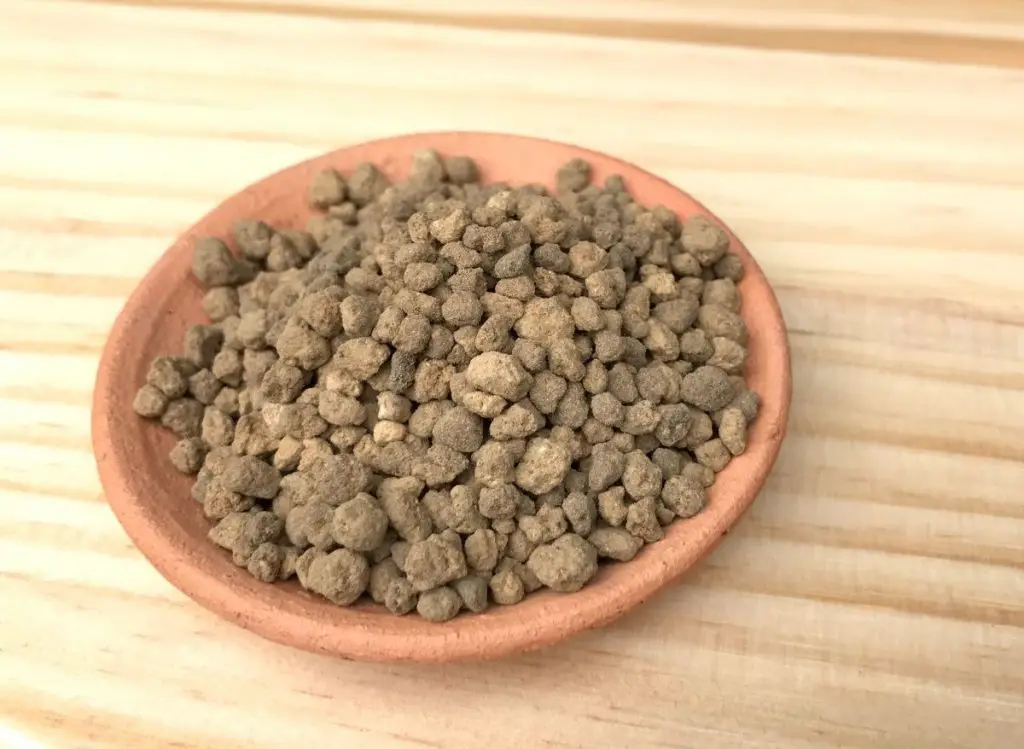
3- Pumice
Pumice is an incredibly soft volcanic rock you can also easily find anywhere. The best thing about this rock is that it can easily absorb any nutrients and water well. When you use pumice as a bonsai soil alternative, it will retain the water.
Besides that, it will also enable the roots to branch out in the best way possible. In the long run, it will add more structure to your bonsai soil. So, I recommend that you use this component in your bonsai soil mix, as it will enhance the quality of your soil.
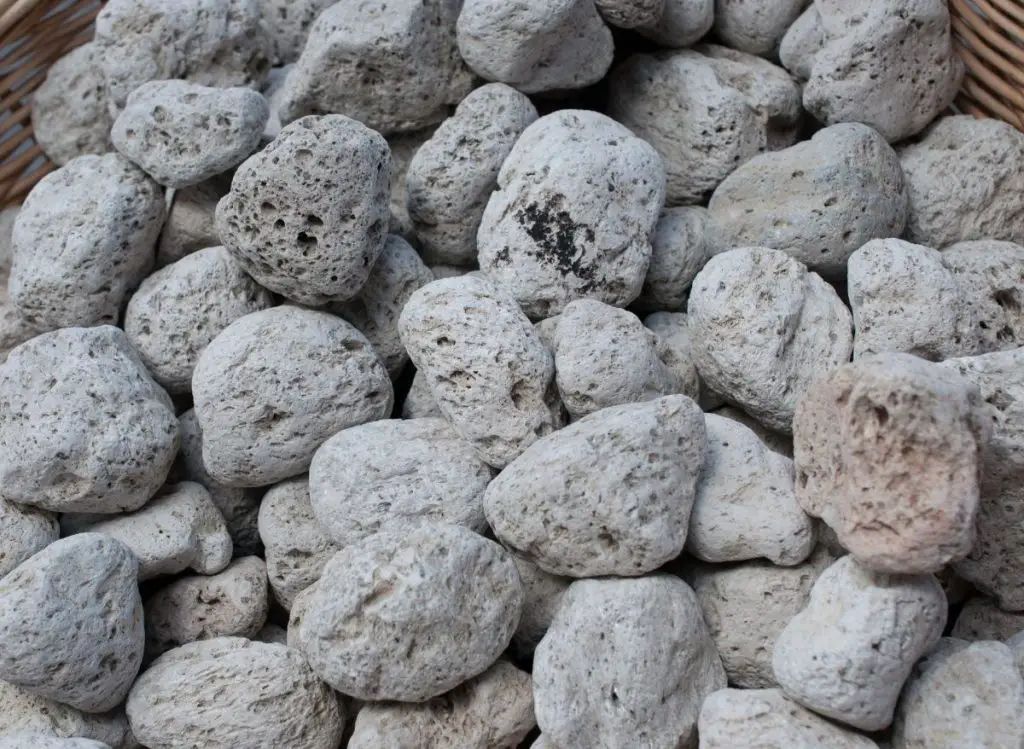
4- Grit Or Fine Gravel
If you want to create a bonsai soil alternative that offers good aeration and drainage, then grit or fine gravel can help you do that. Many people use this as the bottom layer in a bonsai pot to ensure the best drainage. However, this is also the last resort for many bonsai growers.
Many experts prefer to use Akadama, pumice, and other components for the bonsai soil. The components you want to use for your bonsai soil depend on the species and what your bonsai needs to grow well.
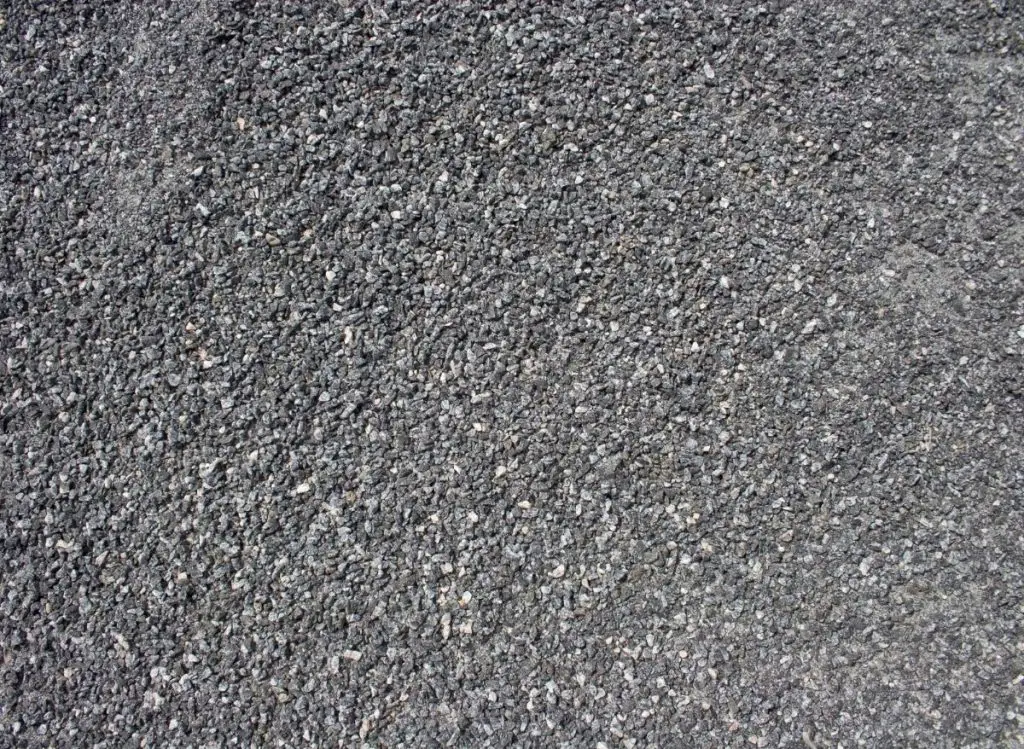
5- Lava Rock
Finally, one of the top bonsai soil alternatives is the lava rock. One of the great things about this component is that it can easily help retain water. Besides that, it will enable your bonsai to have a good structure when it is part of the bonsai substrate.
What you have to know is that the roots will not be able to grow in the lava rock. That is why you must add it to your soil mixture in some way. You can never use the rock on its own as a bonsai soil mixture.
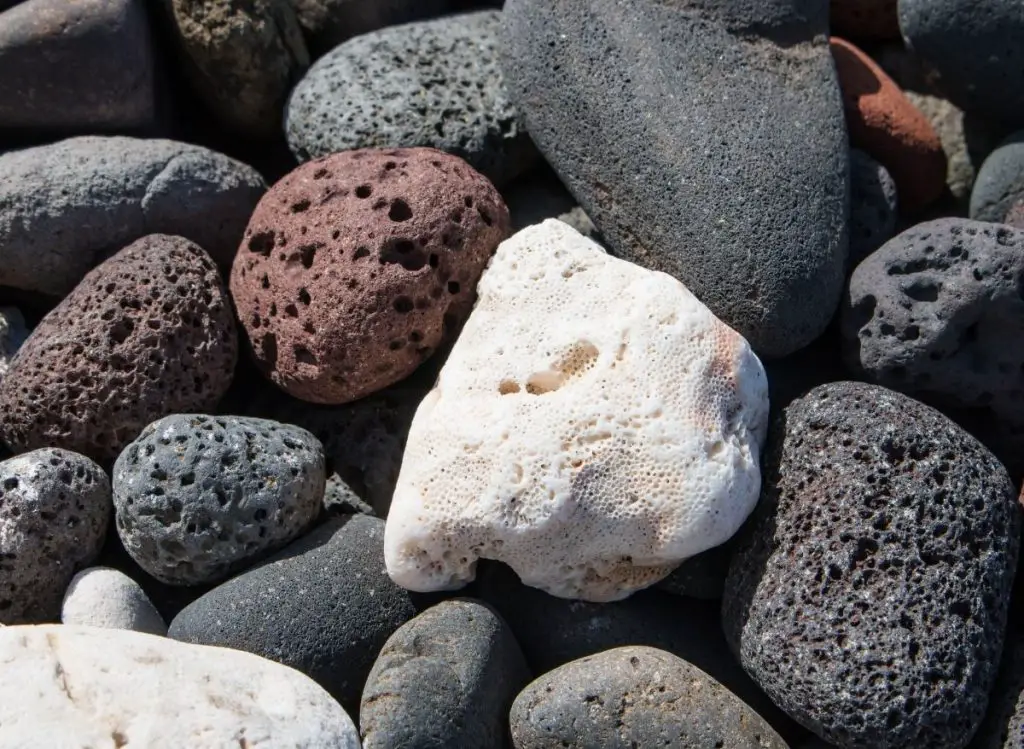
6- Cat Litter
Cat Litter is an excellent Bonsai soil alternative, mainly if you are on a budget. Choose the right kind of cat litter that contains diatomaceous earth.
I suggest you use a 20% DE cat litter and mix it with fired clay, Akadama, chopped pinus bark, coal, and coarse sand, and all sifted 4~6mm.
The good news is that DE is very water retentive, so watch out for overwatering.
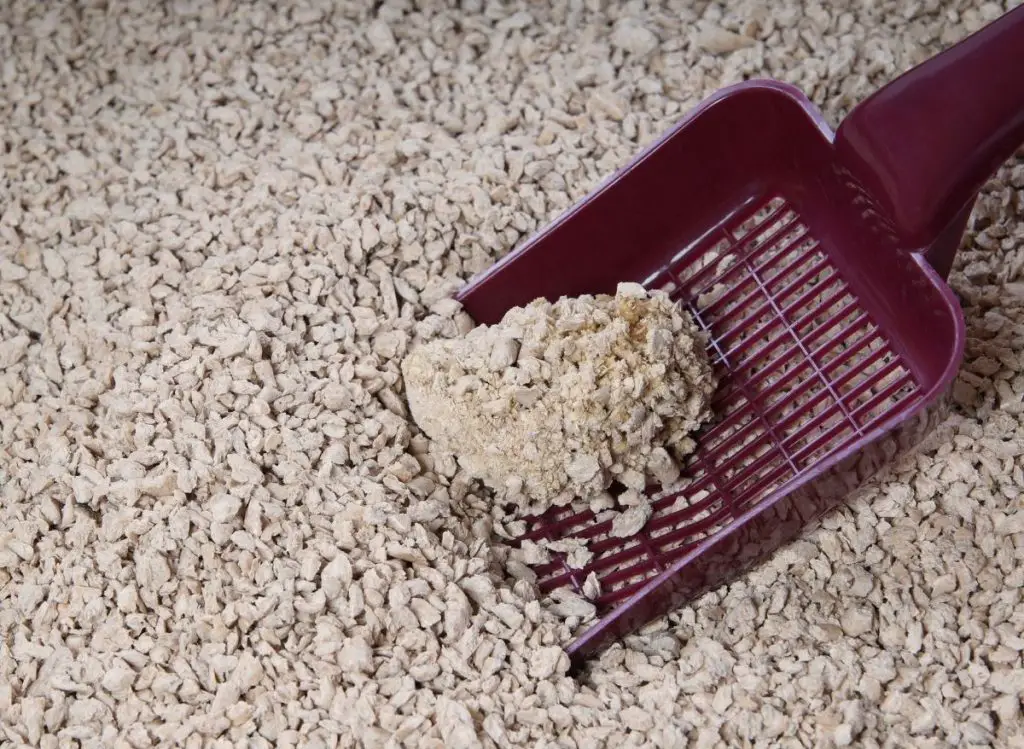
What Are The Characteristics Of Bonsai Soil Alternatives?
Here are the qualities of bonsai soil alternatives to look for:
- It should be porous with good water retention.
- It does not break down too quickly; if it breaks down, it breaks down in a way that “matches” the ramification of your bonsai’s roots.
- It preserves plenty of open spaces for oxygen between pebbles.
Some growers use Diatomaceous earth (DE), and others use Turface and LECA. You can also combine various media to get a water-retaining yet oxygen-rich environment.
The best way to know which bonsai soil alternatives fit your needs is to experiment in parallel with numerous plants of the same age and species and see what works best for your bonsai tree.
Even though some people still believe Akadama is the best soil for bonsai trees, it may not be the best for you, depending on your climate.
How Can You Create Bonsai Soil?
There are many ways to create bonsai soil. However, the way you do it will depend on your bonsai species. Here is a good combination of the various ingredients you can use to make the perfect soil:
- Conifer bonsais: 33% Akadama, pumice, and lava rock each.
- Deciduous bonsais: 50% Akadama, 25% pumice, and 25% lava rock.
The decision to add the number of components will also depend on where you live. For example, if you live in a region where the clime is mostly wet, then you must add grit or lava rock to ensure the drainage of your bonsai soil. On the other hand, if you are looking to ensure drainage and aeration, you can add pumice to your soil mix.
If water absorption is the most important quality for you, then you can add organic soil to your mix. Of course, this is not always necessary. Most of the time, a mix of pumice, Akadama, and lava rock will be perfect for any bonsai species.
One thing you must keep in mind is that creating the right soil for your bonsai is a process of trial and error. We recommend that you start with the basic components and recipe while keeping an eye on your bonsai. You can see what works best and make changes accordingly for the best results.
Remember that the best bonsai soil depends on your climate and care routine. Try to meet people who have successfully grown bonsai in your area for decades and learn from them.
Can You Use Normal Soil For Bonsai?
The typical ingredients in bonsai soil include akadama, pumice, lava rock, organic potting compost, and fine gravel. Ideal bonsai soil should have a between 6.5 and 7.5 is perfect. Though typical garden soil is unsuitable for growing bonsai, you can also use cactus soil as an alternative to the expensive bonsai mix. Cactus soil generally has good aeration, drainage, and water retention.
Since Bonsai grows in a relatively small amount of soil throughout the year, its success and health depend on the type of soil you use. Ensure that your bonsai tree obtains water, nutrients, and air through the pot’s soil to grow for a very long time; therefore, you must plant your Bonsai in good quality Bonsai soil.
See also: How Often Should You Water Bonsai Tree? (This often!)
Final Words
That was your complete guide to the top bonsai alternatives you can try today. You must be patient with the bonsai journey and closely keep an eye on how your bonsai responds to different ingredients and soil mixes.
Once you do, it will enable you to create the best soil that will help your bonsai tree thrive for a long time to come without you having to worry about it.


